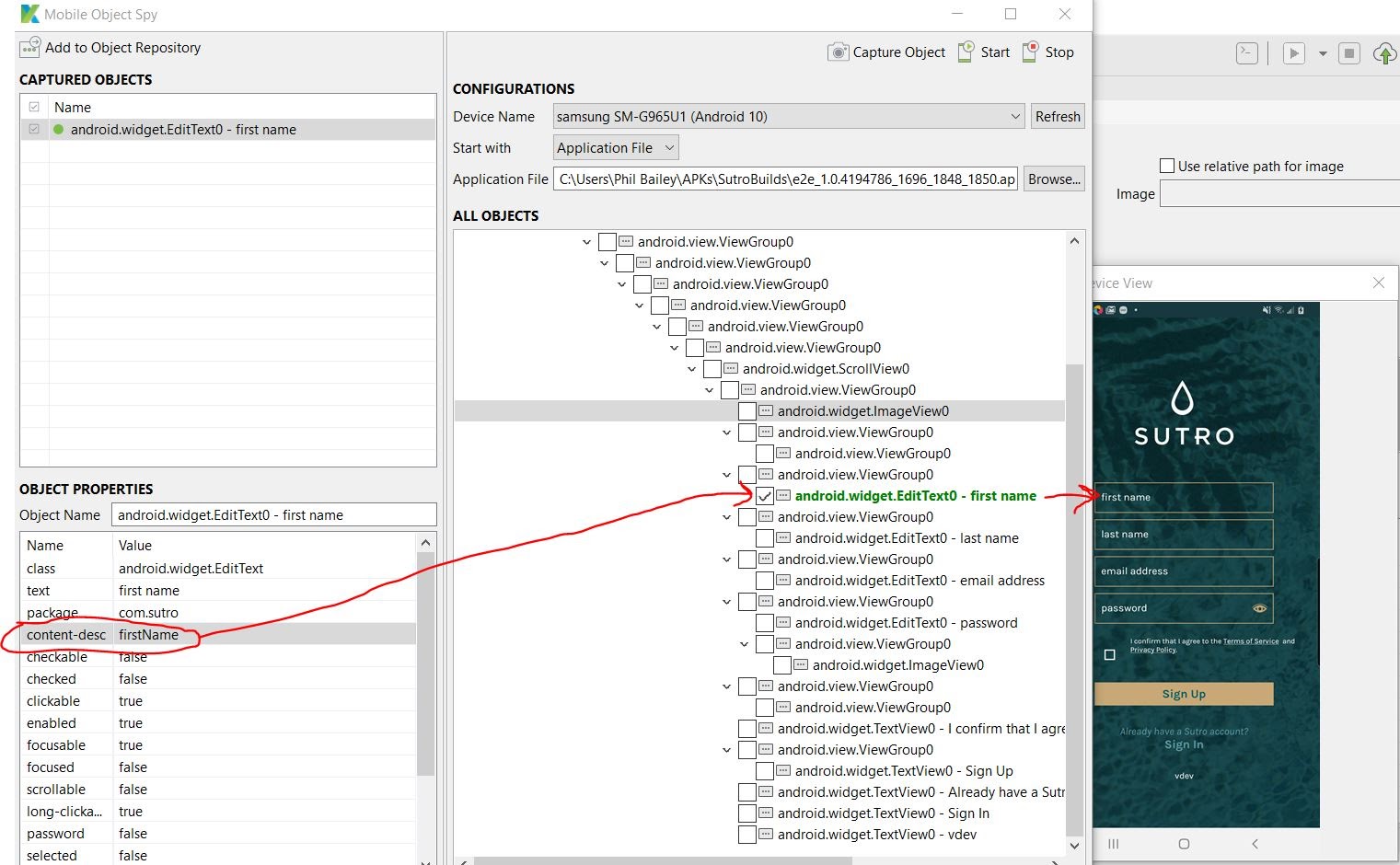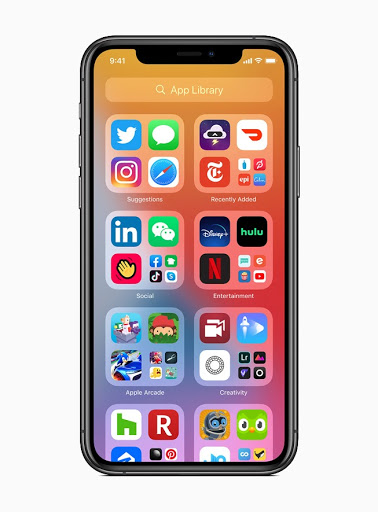Examining How Brain Computer Interfaces Will Shape the Future

We are not strangers to the unprecedented ways that new technological devices can reshape society. In the last decade, we have witnessed how things like smart phones and social media have dramatically altered how we, as humans, interact.
One of the major technological advances that will likely continue to shape our human interactions is brain computer interface (BCI) technology. In this post, I am going to delve into the history of the BCI and look at some of the current developments happening in the realm of BCI technology.







